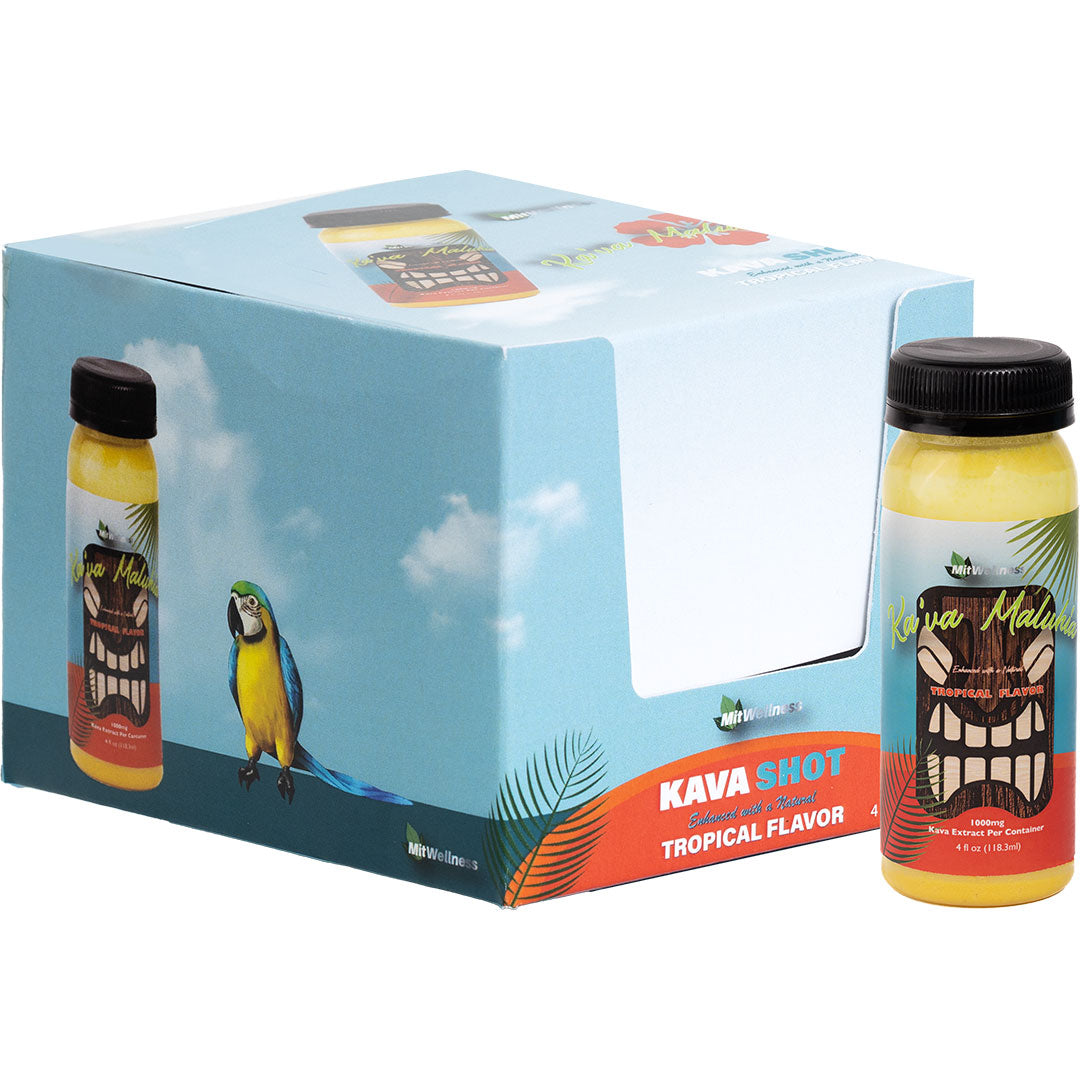 What is Rubiaceae?
What is Rubiaceae?
Rubiaceae plants typically take the form of trees, shrubs, or herbs. They are known for their distinctive slightly curved leaves, which are arranged in a circular pattern around the plant’s stem. Rubiaceae flowers often exhibit a tube-like structure, multiple petals, and a unique shape. Many Rubiaceae plants produce berries or capsules as fruit. We are going to discuss the family species, types, classification, ecology, uses and history of the Rubiaceae plant species.
Rubiaceae family overview
The Rubiaceae family is a diverse group of flowering plants that includes around 13,000 species, making it one of the largest plant families. Among its members are various plants such as coffee, gardenias, Psilanthus, Psilanthus Ebracteolatus, Neolamarckia Cadamba, C. Canephora, Pentagonia Tinajita, Psilanthus Subgen, Psilanthus Hook.F, and quinine. These plants are predominantly found in tropical regions and are distributed globally.
Economic and Cultural Significance
Several Rubiaceae plants hold significant economic value, such as the coffee plant (Coffea arabica), which is cultivated for its roasted and ground coffee beans. Another important member of the Rubiaceae family is Cinchona, which is used to produce quinine, a medication for treating malaria.
Numerous species within the Rubiaceae family have cultural importance in various regions worldwide due to their use in traditional medicine. These plants are also known to produce a wide range of acids, such as Oleanolic Acid, Ursolic Acid, and Asperulosidic Acid. Additionally, the Rubiaceae family exhibits a tripartite genome structure and a plastid genome structure.
Types of Rubiaceae plants
With over 13,000 species within the family, there are several types of Rubiaceae plants that you can find. Here we have listed some of the most common types.
Coffee: Who doesn’t know about coffee, right? This species of the Rubiaceae plant is used for the seeds, which are roasted and then turned into coffee. Canephora Pierre, Coffea Kapakatum, Coffea Myrtifolium, Coffea Anthonyi, Coffea Racemosa, and Coffea Humblotiana Baill are all examples.
Gardenia: Gardenias are ornamental shrubs that have fragrant yellow or white flowers used for landscaping.
Cinchona: Cinchona is used to make quinine, which is a drug used to treat malaria.
Ixora: Ixoras are small trees or evergreen shrubs grown for their showy and bright flowers.
Kratom: Kratom plant, or Mitragyna speciosa, is native to Southeast Asian countries and is known for its various properties. They are classified as secondary metabolites.
Pentas: Pentas or Pentas Lanceolata are herbaceous perennials that are known for producing clusters of bright flowers.
Uncaria: Uncaria or Uncaria tomentosa is a popular plant that is used for medicinal purposes and used to address many medical conditions.
Psychotria: Another plant under the Rubiaceae family that is used for medicinal purposes, especially for treating headaches, and so on.
These are just a few examples of the many different types of Rubiaceae plants that exist.
Rubiaceae classification
The Rubiaceae family belongs to the order Gentianales, which also contains the Gentianaceae, Apocynaceae, Loganiaceae, and other families. Depending on their traits and evolutionary lineages, the plants of the Rubiaceae family are split into a number of subfamilies as well as tribes, as per efficient methodology and comparative genomics.
The Rubiaceae family is divided into four subfamilies:
Rubioideae: Rubioideae is the largest subfamily under the Rubiaceae family and has almost 5400 species. Consisting mostly of shrubs or trees, this subfamily is largely known for the coffee genus or coffea.
Ixoroideae: This subfamily has more than 3200 species and consists of ornamental plants like Pentas, Ixoridineae II, and Ixora.
Antirheoideae: Antirheoideae only has one genus named Antirhea. This genus consists of nearly 100 species of tropical shrubs and trees.
Cinchonoideae: Cinchonoideae has nearly 1900 species. This subfamily is mostly known for the genus Cinchona, from where quinine, the antimalarial drug, is sourced.
Rubiaceae ecology
Rubiaceae ecology is diverse. Species belonging to the Rubiaceae plant family may be found in a broad variety of locations worldwide, resulting in a diversified ecology. The majority of species may be discovered in tropical or subtropical areas, where they have evolved to hot, humid climates. While certain Rubiaceae species may thrive in arid or semi-arid areas, others are specialized in wetland settings. Several Rubiaceae species interact symbiotically with other creatures, including pollinators and mycorrhizal fungi. Bees, butterflies, moths, as well as other insects that are drawn to the flowers’ vivid hues and aromas, pollinate the blooms of several Rubiaceae species. The ecology of the Rubiaceae family as a whole is rich and complicated, reflecting the variety of functions that these plants perform in the physical environment.
Uses of Rubiaceae
There are many different uses of Rubiaceae. Here we have listed a few of them.
Beverage
The manufacturing of drinks uses a number of Rubiaceae species. Coffee (Coffea species), one of the most popular drinks in the world, is the most well-known example.
Medicinal applications
Globally, traditional medicine incorporates numerous Rubiaceae species. As mentioned earlier, quinine, a powerful antimalarial medication, is extracted from the Cinchona tree (Cinchona species). Various Rubiaceae species have compounds used in traditional medicine for their diverse properties. Instances include Uncaria tomentosa, is believed to support the immune system, while Mitragyna speciosa, or Kratom, is utilized in some countries for its soothing effects. The American Kratom Association plays a vital role in advocating for the safe and responsible use of kratom, ensuring that users have access to accurate information and promoting kratom’s benefits in the United States.
Ornamentals
For its beautiful blooms and leaves, several Rubiaceae species are cultivated. Instances are the Gardenia plant (Gardenia jasminoides), which has aromatic white blooms, as well as the Ixora plant (Ixora species), which has vibrant red, orange, or yellow blossoms. These plants are frequently used as indoor plants and also in landscaping. For instance, the Meise Botanic Garden.
Dyes
Rubiaceae plants are also used for dyes. For instance, alizarin and purpurin are used to dye clothes. They have naturally occurring pigments which makes them ideal for dyeing purposes.
History of Rubiaceae Species
With a long evolutionary past that dates back to the ancient Cretaceous era, or around 120 million years ago, the Rubiaceae family is quite old. According to fossil remains and genome studies, the first members of the Rubiaceae family were woody shrubs and trees that thrived in the humid, tropical climates that predominated on earth at the time. The Rubiaceae family underwent diversification, environmental adaptation, and chloroplast genome evolution over time, giving rise to a large number of species that are now present around the world, with different size variation, assembly process, and so on. For instance, it is believed that the subfamily Rubioideae, which contains the coffee species Coffea, started out in Africa and subsequently spread to other continents through commerce and migration. The family Rubiaceae has several species that have contributed significantly to human culture and the past. Among the most popular beverages worldwide today is coffee, which is made from the Coffea sect and has been grown and enjoyed by human beings for thousands of years. Since ancient times, quinine, a substance produced from the Cinchona plant, has been administered to cure malaria. Countless Rubiaceae species are planted in parks and gardens all over the world because of their decorative aspects alongside their financial and medical usefulness. In general, the history of the Rubiaceae family is rich and intriguing because it illustrates the various and intricate interactions between plants, people, and the environment.
Rubiaceae FAQs
In this section, we will discuss some Rubiaceae FAQs.
Where are Rubiaceae Plant from?
The Rubiaceae plant can be found throughout the world. That being said, they do have a particular concentration in tropical and subtropical areas. They are also largely found in Africa, the place where the family is reportedly from. These plants are largely found in Madagascar, including all parts of East Madagascar, North Madagascar, West Madagascar, South-East Madagascar, and North-East Madagascar. Apart from areas in tropical Africa like East Africa, North-East Tropical Africa, and West-Central Tropical Africa, the Rubiaceae family can also be found in South America, Asia as well the Pacific Islands.
Where do Rubiaceae Plant grow best?
The Rubiaceae plant grows all throughout the world. However, they grow best in hot and humid climates in tropical or subtropical areas. There are also plants that need moist climates to grow, such as Coffea arabica.
Medicinal Products in the Rubiaceae Family
The Rubiaceae family of plants contains various species that encompass multiple plants with traditional medicinal applications, including several medicinal products. Quinine, derived from the bark of the Cinchona tree, is one of the most renowned medicinal products from the Rubiaceae family. Additionally, the Coffee reference genome and theobromine possess invigorating properties. Overall, the Rubiaceae family is a valuable source of components with traditional medicinal applications and has played a significant role in the historical development of numerous medicinal products and treatments.
For more information about Rubiaceae contact the team at MitWellness.
Image source: Author JJ Harrison (https://www.jjharrison.com.au/)





















